Mizkan Timeline
- Founding of Nakano Vinegar (Nakano Suya) (1804~)
- Navigating the upheaval of the Meiji period (1868~)
- Second Founding (1945~)
- From “Mitsukan” to “mizkan” (2003~)
Founding of Nakano Vinegar (Nakano Suya) (1804~)
- Links are only available in Japanese
| 1804 |
The company is founded. Matazaemon Nakano I establishes a successful business by making vinegar out of sake lees, a by-product of sake brewing. This is a courageous challenge because sake brewers avoided vinegar for fear of contamination. 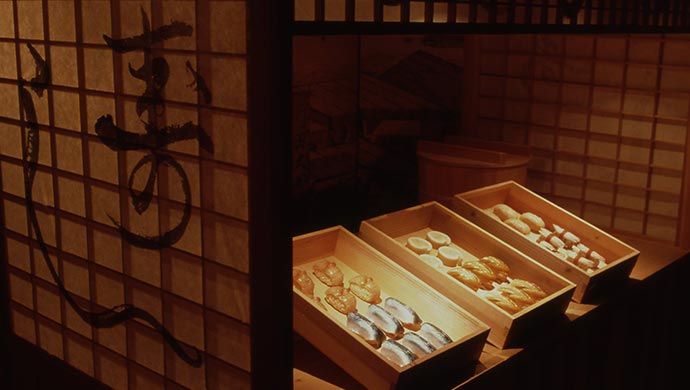 |
|---|---|
| 1811 |
First vinegar brewery opens (later known as the Handa Factory). Fermented vinegar is produced on a large scale. The traditional black walls of the vinegar brewery have been featured in films. 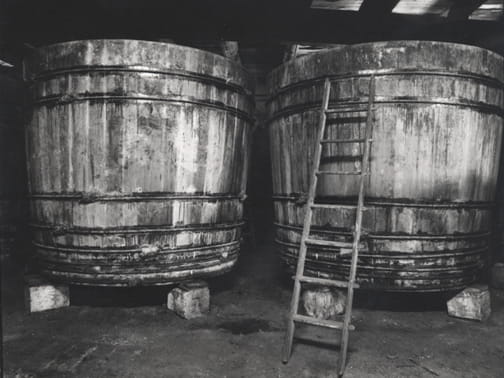 |
| 1821 |
Tazo succeeds to the name Matazaemon II. |
| ~1845 |
Yamabuki™ launches. The premium sake lees vinegar Yamabuki™is launched. It uses sake lees matured for three years, and becomes known for complementing sushi. 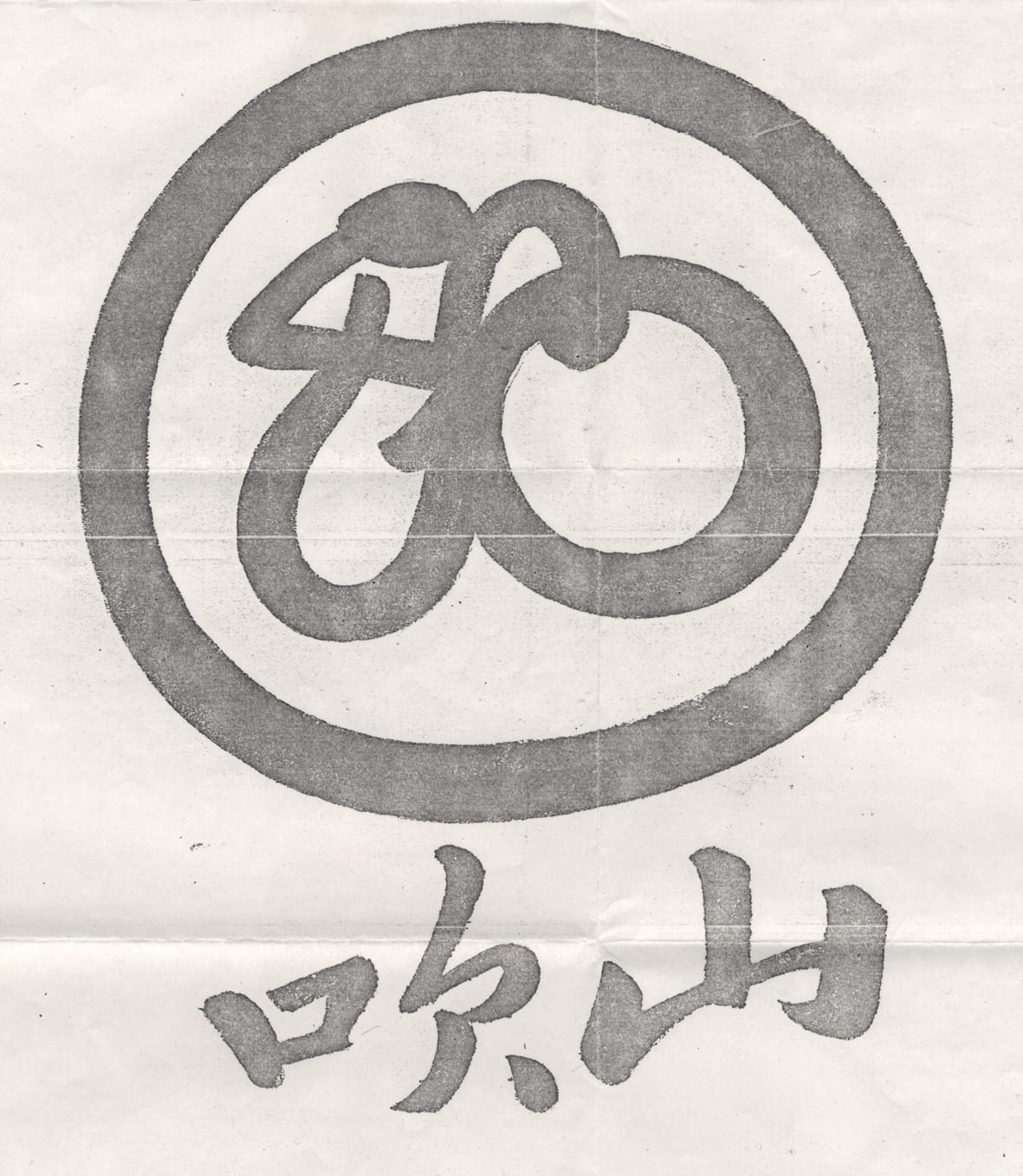 |
| 1850 |
Constructs a new private waterway. 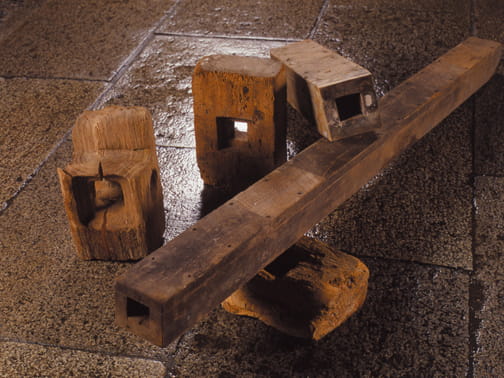 |
| 1854 to 1856 |
Matazaemon III performs public works, clearing a waterway and improving a nearby harbor for flood control and disaster recovery. |
Navigating the upheaval of the Meiji period (1868~)
- Links are only available in Japanese
| 1873 |
Kokichi succeeds to the name Matazaemon IV. 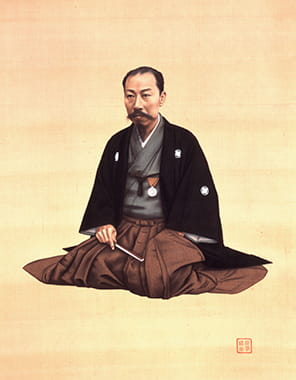 |
|---|---|
| 1884 |
Opens a dairy farm (later known as Aiyosha). |
| 1887 |
The Mizkan mark becomes a registered trademark. The widely recognized Mizkan mark, designed by Matazaemon IV, is based on the Nakano family crest. 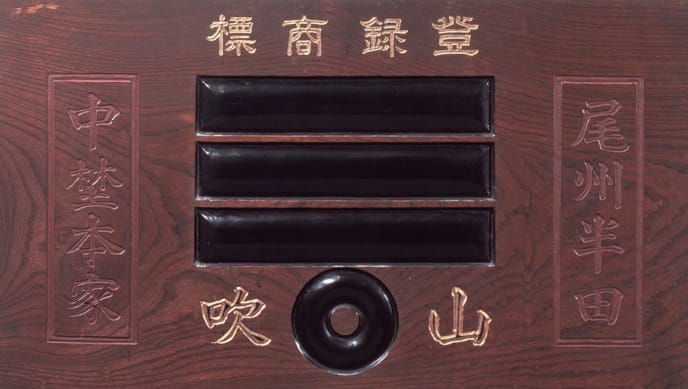 |
| 1888 |
A celebration of the new trademark is held in Shintomiza, a theater in Tokyo. 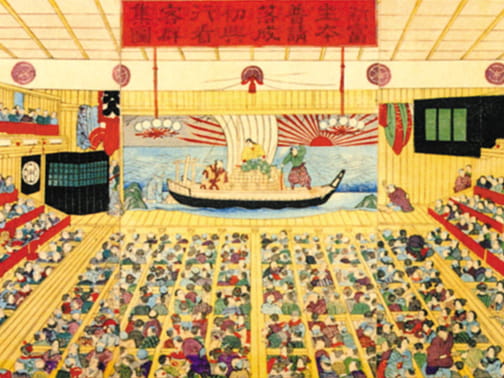 |
| 1889 |
Begins selling beer. 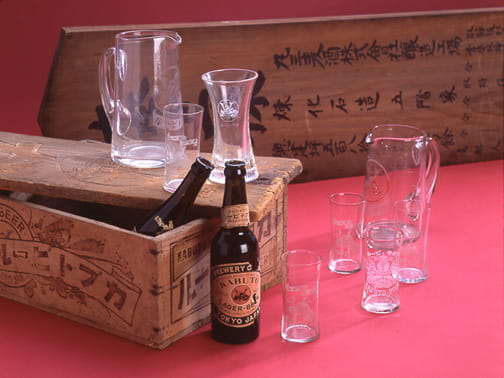 |
| 1896 |
Founds Marusan Beer Co., Ltd. |
| 1897 |
Is designated as purveyor to the Imperial Household Agency. 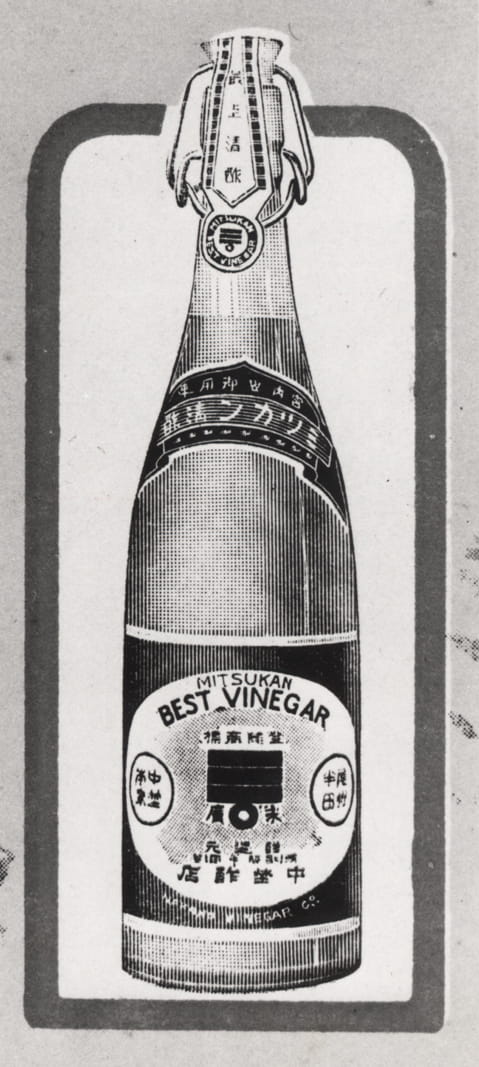 |
| ~1897 |
Masasuke succeeds to the name Matazaemon V. 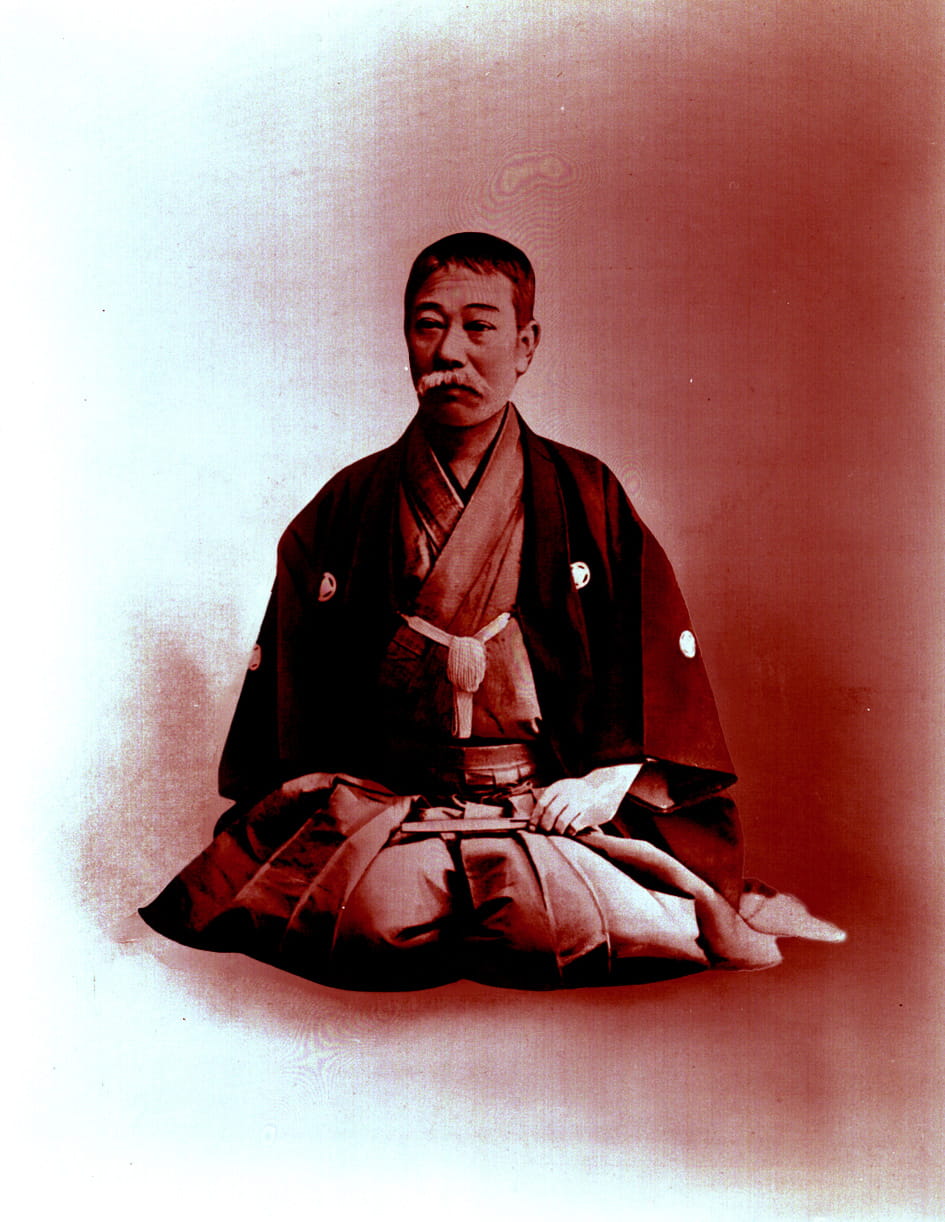 |
| 1898 |
Establishes a new plant (Red-Brick Plant) for Marusan Beer. Marusan Beer is renamed as Kabuto Beer. 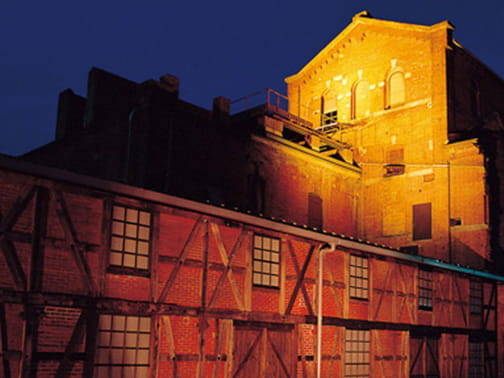 |
| 1900 |
Kabuto Beer wins a gold medal at the 1900 Paris Exposition. During this period of developing new businesses in dairy, banking, gas, and textiles, Kabuto beer, produced in the modern Red-Brick Plant, wins a coveted international prize for its excellent quality. 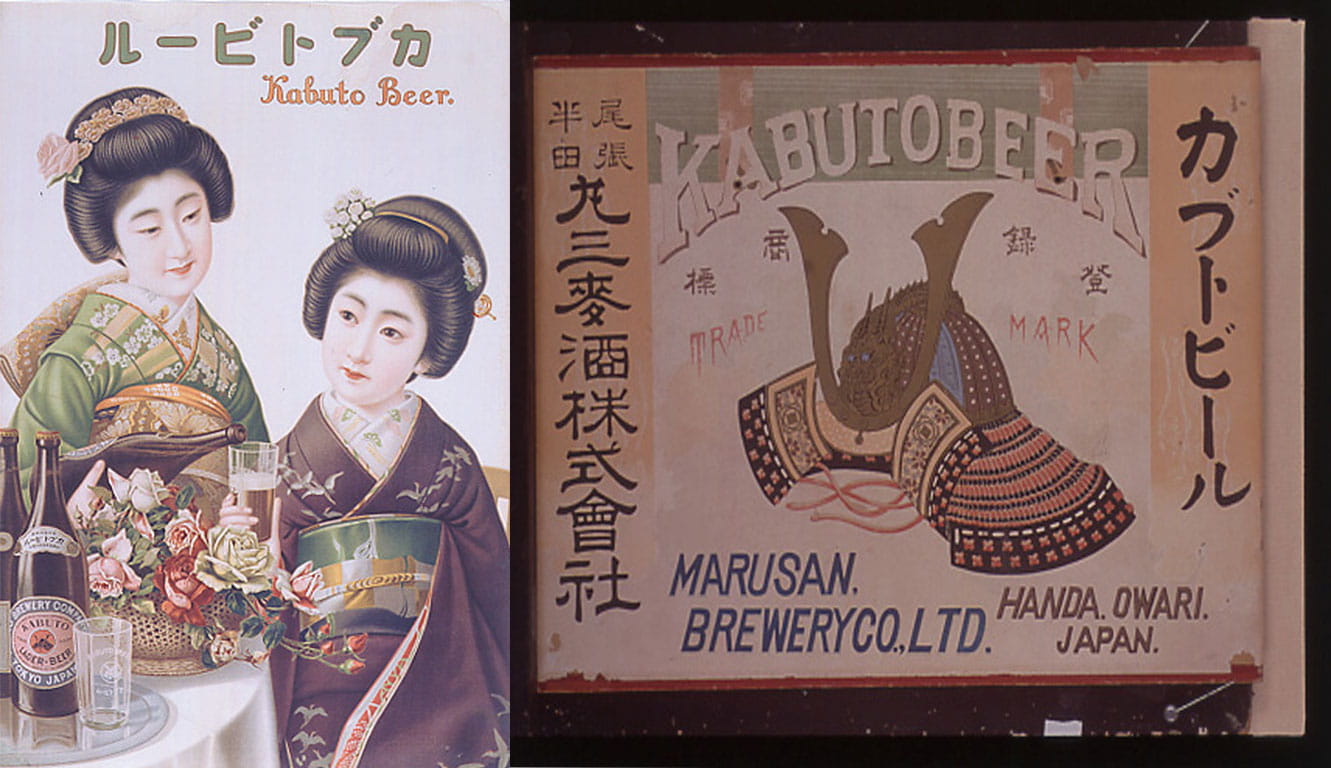 |
| 1901 |
Founds Nakano Bank. 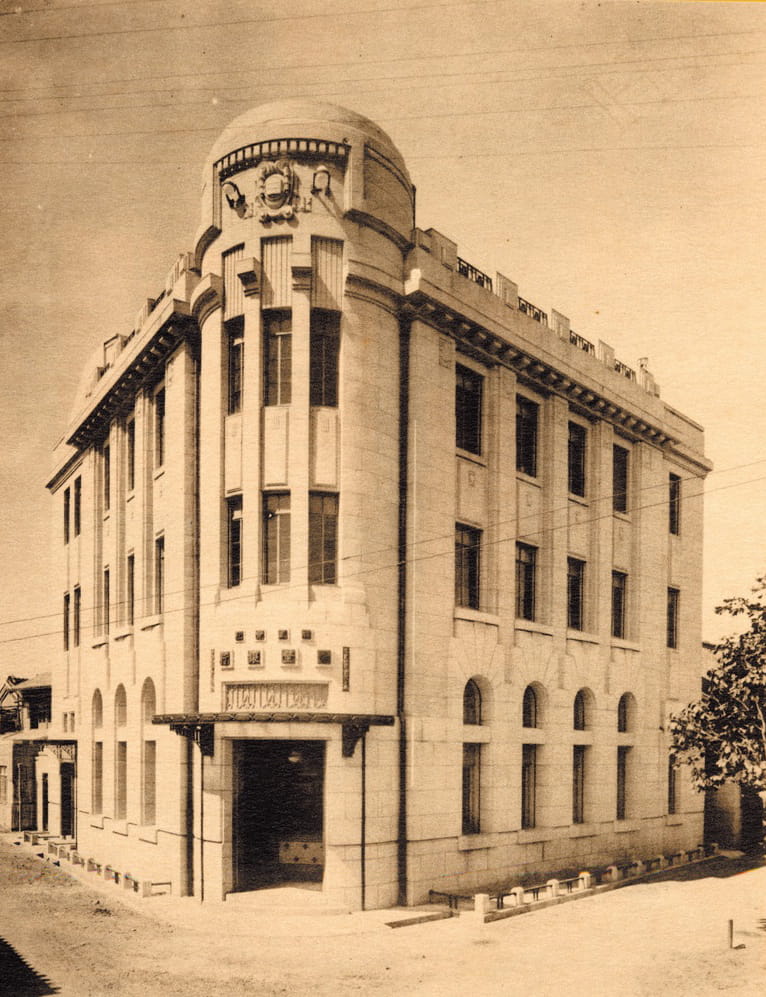 |
| 1905 |
Opens the Amagaski Branch and completes the Amagasaki Plant. Begins selling rice vinegar, and enters the Kansai region. 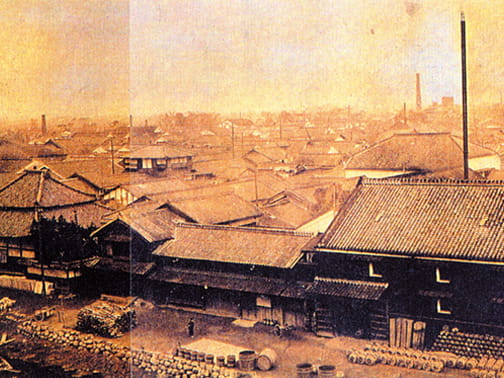 |
| 1919 |
Kozo succeeds to the name Matazaemon VI. 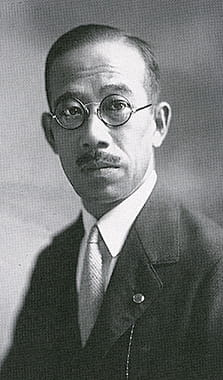 |
| 1923 |
Founds Nakano Sumise Co., Ltd. 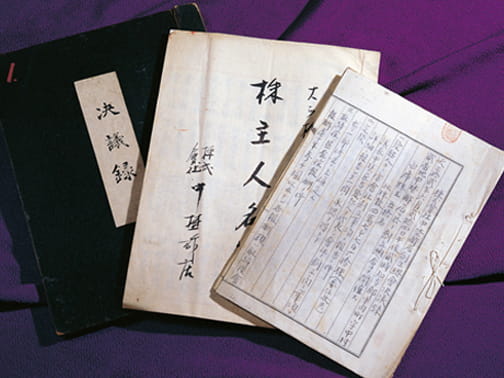 |
| 1924 |
Opens the Tokyo Branch of Nakano Sumise. |
| 1928 |
Selects a new catch phrase through a newspaper advertisement: "Leave all things vinegar to Mizkan." 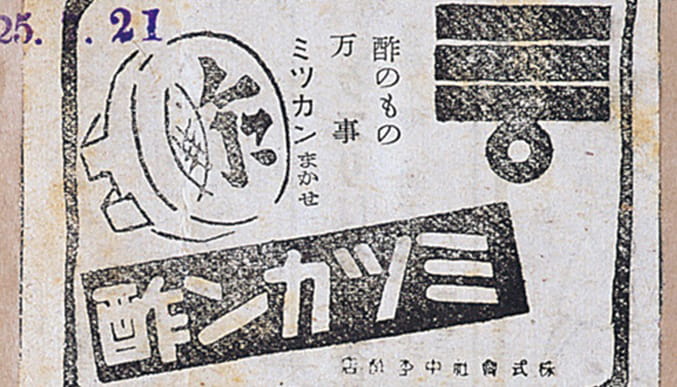 |
| 1933 |
Opens a branch and plant in Shizuoka. |
| 1934 |
Revises articles of incorporation. A three-branch system is established around Tokyo, Osaka, and Nagoya. |
| 1942 |
Opens the Nakano Biochemical Research Institute. (Later known as the Central Research Institute.) The Institute focuses on research that supports the development of hit products and helps explain the health benefits of our foods. |
Second Founding (1945~)
- Links are only available in Japanese
| 1948 |
Begins exporting from Japan to the US. |
|---|---|
| 1948 |
Opens the Tochigi Plant. |
| 1951 |
Launches Shiragiku, a rice vinegar. 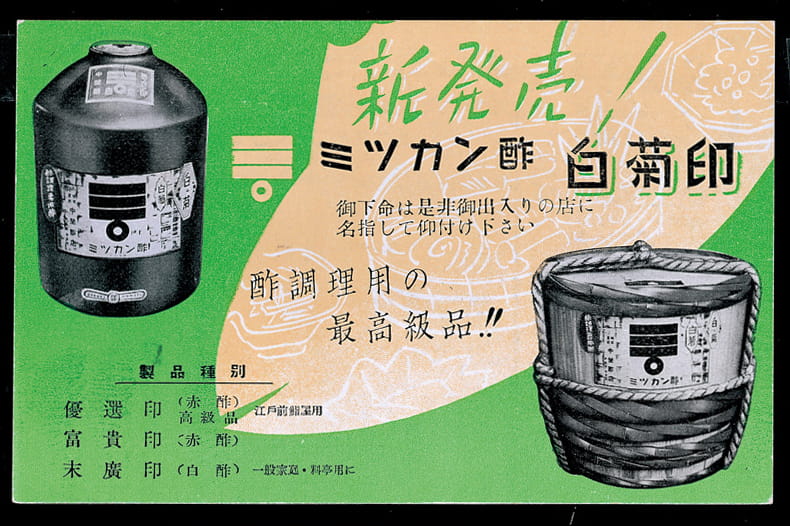 |
| 1952 |
Matazaemon VI is appointed as chairman, and Masakazu is appointed as president. |
| 1954 |
Full-scale production of bottled vinegar begins. Mizkan secures funding to set up a new vinegar bottling line to ensure the future of Mizkan product quality. 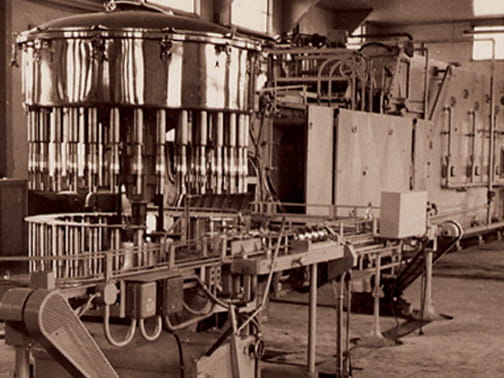 |
| 1955 |
Establishes a fully automated bottling line in the Amagasaki Plant. 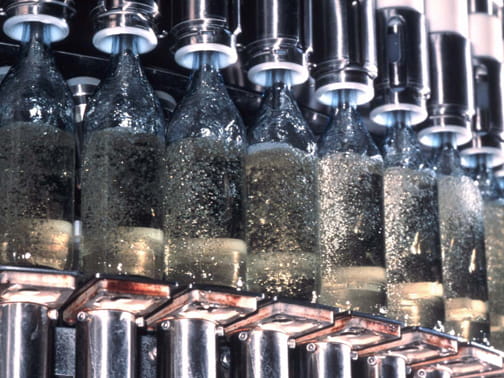 |
| 1958 |
Opens the Tokyo Plant. 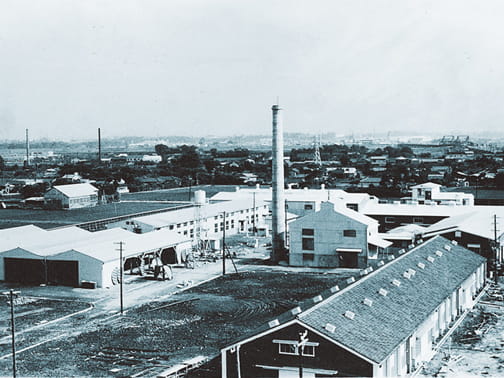 |
| 1959 |
“Offer Customers Only the Finest Products” principle announced in the president’s New Year address. |
| 1960 |
Masakazu succeeds to the name Matazaemon VII. |
| 1961 |
Completes the Fukuoka Plant. 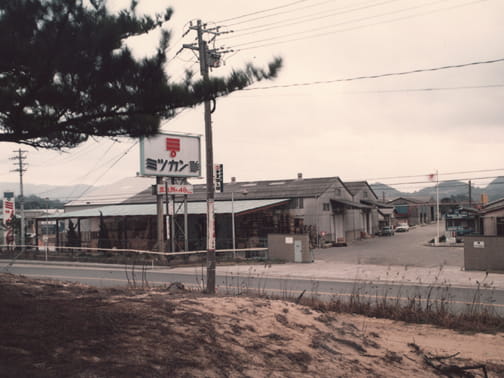 |
| 1964 |
Ajipon™ (citrus-seasoned soy sauce) launches. Ajipon™ enables consumers to make and enjoy restaurant- quality food at home. To drive sales, Mizkan carries out recipe tasting and sells the new product from market stalls promoting mizutaki hot pot, then a little-known dish in the Kanto area. 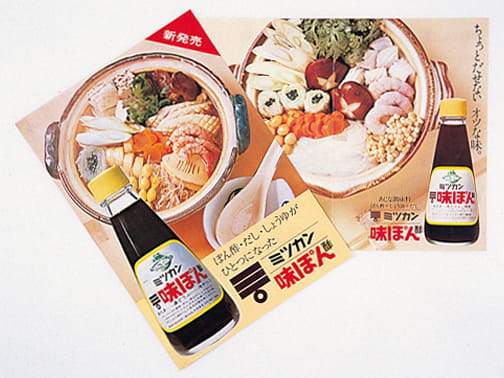 |
| 1964 |
Completes the Osaka Plant. 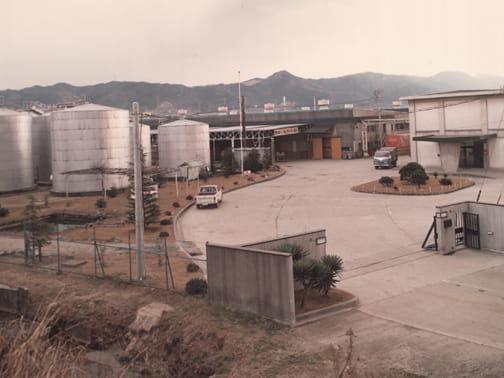 |
| 1968 |
Natural Food Campaign A natural food campaign is rolled out to emphasize Mizkan’s key point of difference versus competitors of the time: our commitment to quality and natural brewing. The campaign slogan was “Only Mizkan vinegar is 100% brewed” (i.e. not synthetic vinegar). 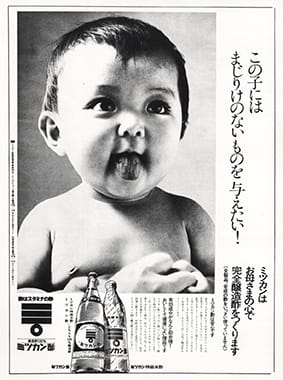 |
| 1971 |
Going Beyond Vinegar The “Beyond Vinegar Strategy” launches, initially called the “Non-Vinegar Strategy.” It aimed for 100 billion yen in sales by increasing vinegar sales in tandem with more aggressive development of non-vinegar products. |
| 1971 |
Founds Handa's Hamburgers Co.,Ltd. 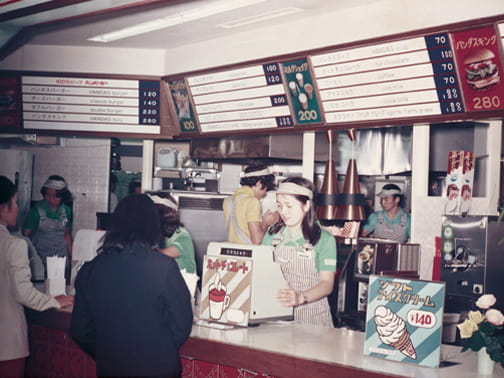 |
| 1972 |
Completes new Headquarters building (on the site of the former Nakano Bank). 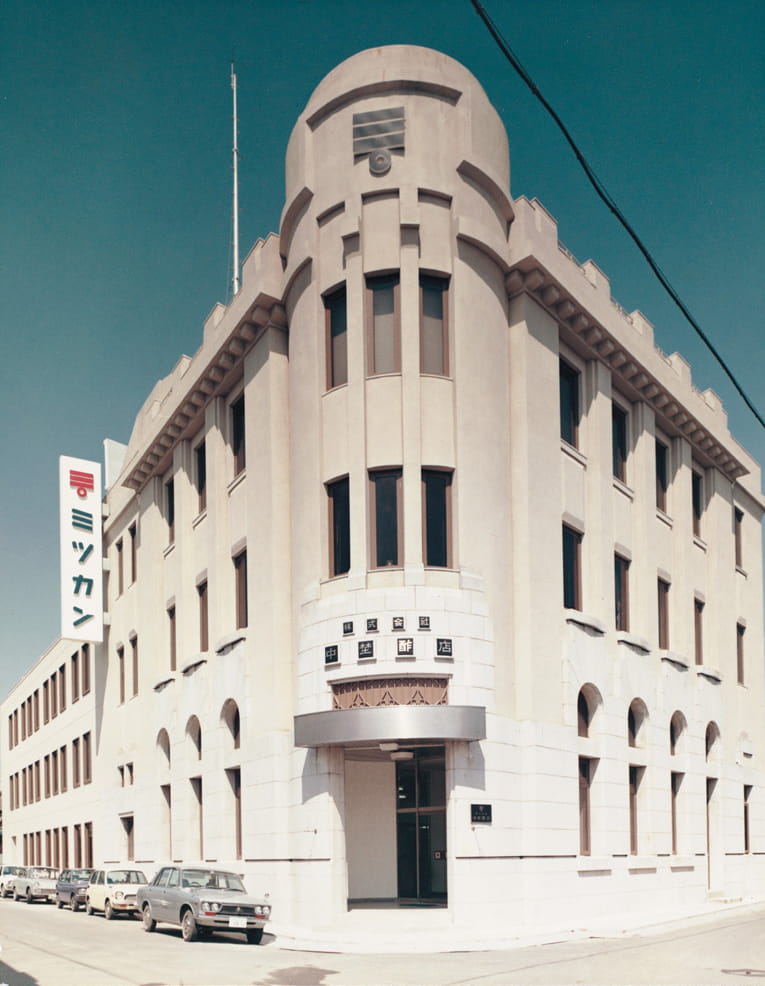 |
| 1974 |
The proverb “Kyakka shoko” (“know thyself”) is put forward in the president’s New Year address. |
| 1976 |
Founds Nakano Forestry Co., Ltd. |
| 1977 |
Founds Nakano USA in Hawaii as a base for entering the US market. |
| 1978 |
Central Research Institute receives the JSBBA Award for Achievement in Technological Research. This award recognizes Mizkan’s significant achievements in improving the productivity and quality of brewed vinegar, the technical foundations for Mizkan’s current vinegar business. 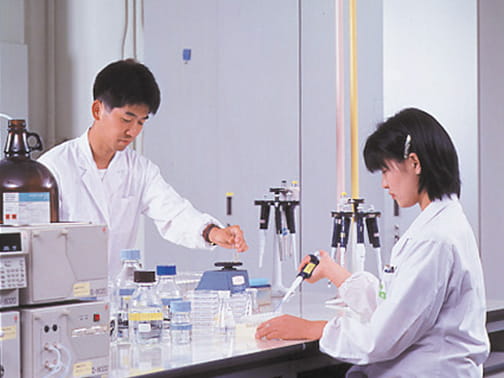 |
| 1978 |
“Continuously Challenge the Status Quo” principle announced in the president’s New Year address. |
| 1979 |
Shabu-shabu tare sauce launches. The shabu-shabu hot pot, which had only been enjoyed at restaurants, became a popular dish at home with the launch of two flavors, citrus soy and sesame. 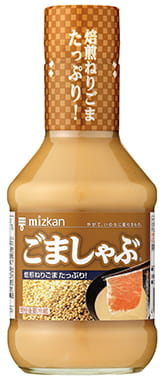 |
| 1979 |
All vinegar plants are certified by JAS (Japan Agricultural Standard). |
| 1979 |
Honteri launches. Honteri, a sweet mirin seasoning for cooking, meets the needs of consumers perfectly in terms of “easy to use and buy.” 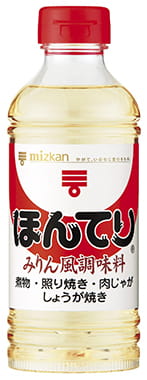 |
| 1981 |
Acquires American Industries Company, a major American vinegar manufacturer, to use as a base for the western US. With the acquisition of American Industries Company, overseas expansion starts in earnest. Further US acquisitions follow. 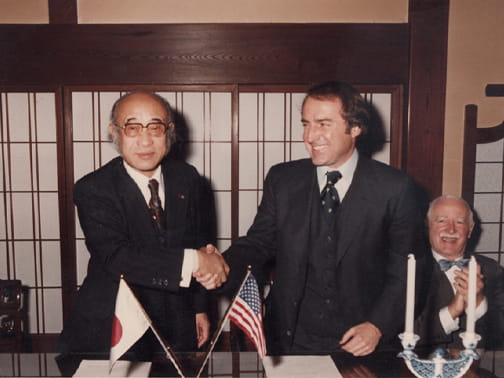 |
| 1982 |
Omusubiyama™ launches to success. Making rice balls becomes easier with Omusubiyama™, which is simply mixed into cooked rice. This is a completely new category for Mizkan, outside of the core categories of vinegar and Ajipon™. 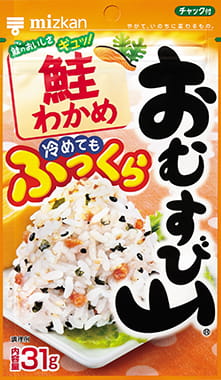 |
| 1983 |
Completes the Tochigi Plant. |
| 1985 |
Acquires Lyndonville Vinegar Inc. to use as a base for the eastern US.  |
| 1986 |
Su-no-Sato Vinegar Museum opens. It opens to the public after a visit by the former imperial couple. The museum introduced visitors to the spirit and techniques handed down by generations of vinegar-making craftsmen, all in an atmosphere reminiscent of the early days of Mizkan.
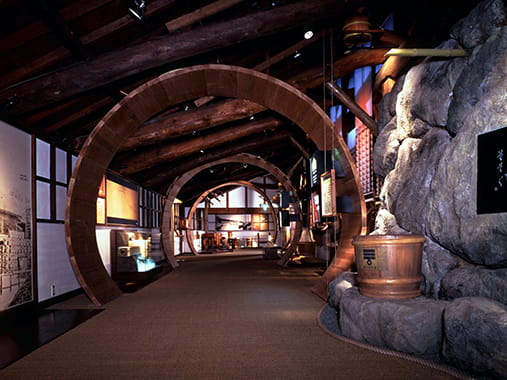 |
| 1987 |
Acquires New York company Indian Summer to use as a base for the mid-western US. |
| 1988 |
Tsuyu launches. Mizkan enters the tsuyu (soup-stock) category, which is a big market in Japan. Tsuyu is launched as a premium product with the key selling point that it has a high concentration of bonito stock. It is later rebranded as Oigatsuo™ Tsuyu and becomes a big hit with consumers. 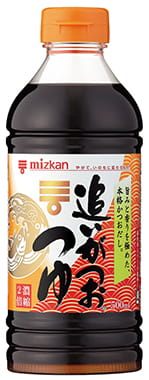 |
| 1989 |
Begins Challenge 1000 & 73 Operation. In 1989, Mizkan developed a bold business plan called “Challenge 1000 & 73 Operation” to realize sales of 100 billion yen in the next five years with the composition ratio of 70% developed product sales and 30% vinegar product sales. 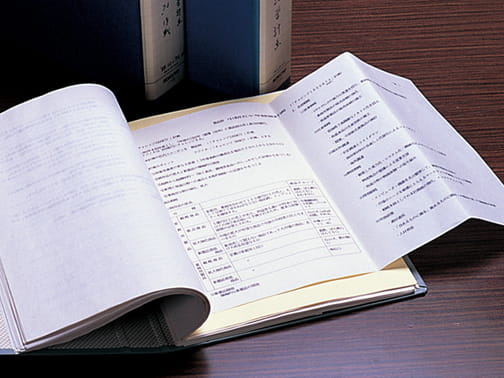 |
| 1990 |
Gomoku Chirashi launches. Instant chirashi sushi mix for at-home sushi making is launched. The convenience it offers home cooks means it quickly becomes a bestseller. 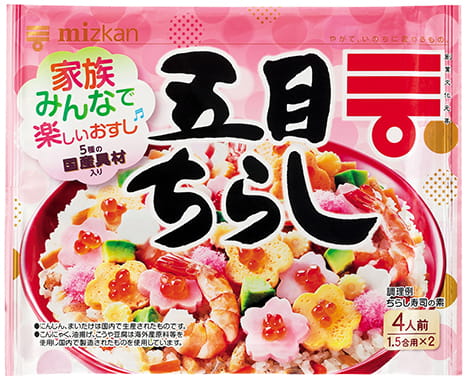 |
| 1990 |
Establishes the Crossville Plant in Tennessee, US. The establishment of the Tennessee plant provided a production and supply system which could cover the entire US. |
| 1992 |
Completes new headquarters in Japan. The exterior of the newly built headquarters was designed in all black to maintain harmony with the surrounding scenery. 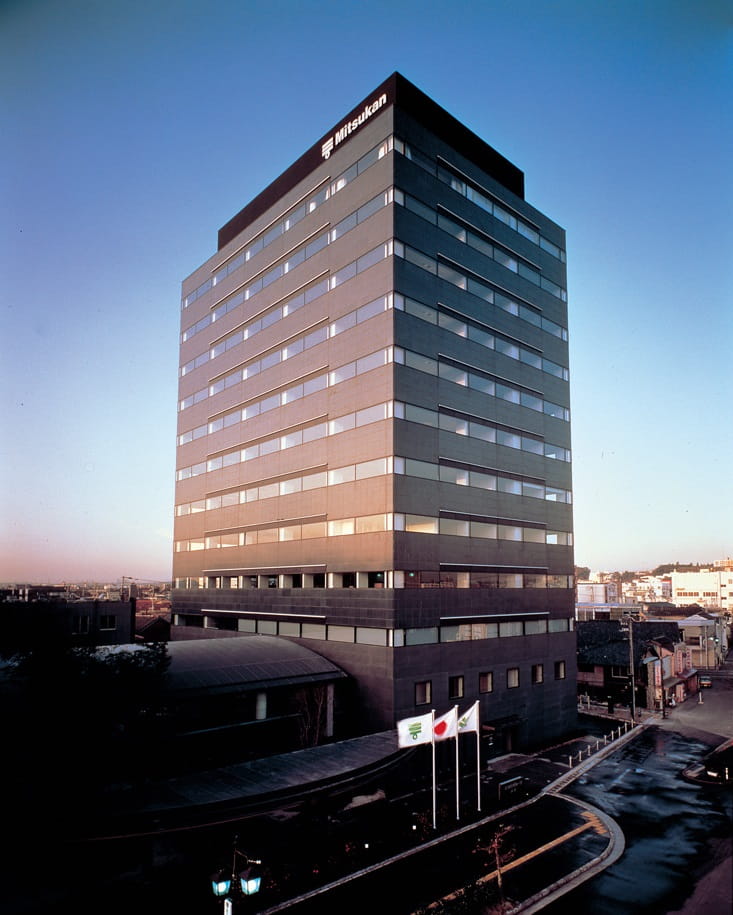 |
| 1992 |
Acquires the Green Bay Plant in Wisconsin, and the La Junta Plant in Colorado, US. This completed the establishment of a production and sales network, in approximately 10 years since the acquisition of American Industries Company in 1981. |
| 1994 |
Nakano Thailand is founded in Thailand. 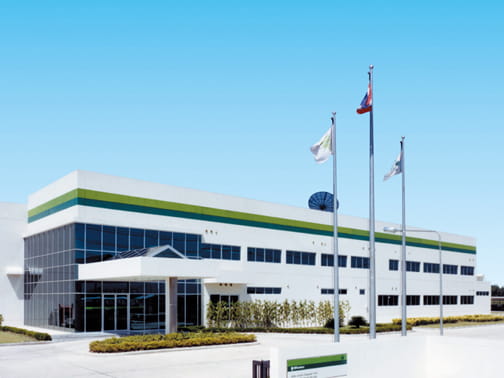 |
| 1994 |
Founds Campbell Nakano. |
| 1994 |
Completes the Tatebayashi Plant. |
| 1997 |
Participates in raising capital with Asahi Foods to enter the natto (fermented soybeans) business. In an effort to further diversify its portfolio of healthy, delicious foods, Mizkan begins full-scale production of natto. 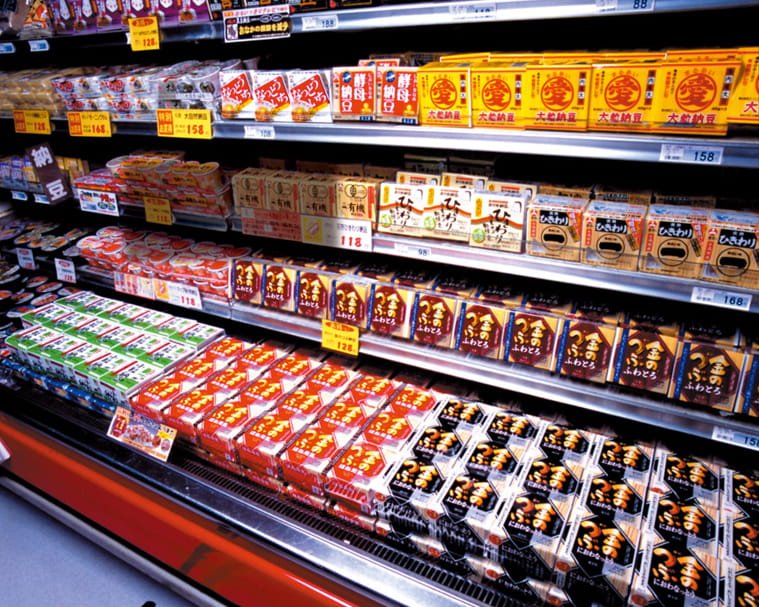 |
| 1997 |
At an academic conference, presents findings on the role of vinegar in easing physical fatigue and lowering blood-sugar levels.  |
| 1997 |
Time Dish, a frozen food, launches. 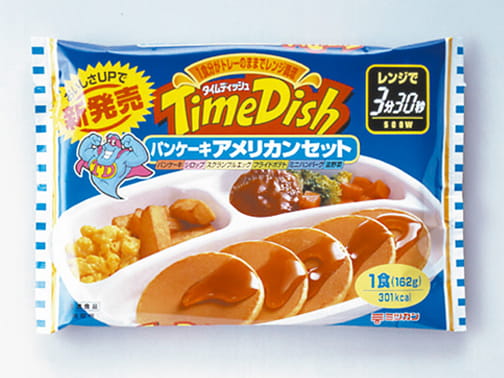 |
| 1998 |
Kinnotsubu™ natto series launches. 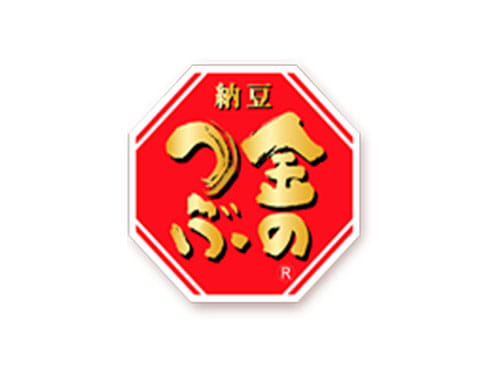 |
| 1998 |
Establishes Nakano Europe, in the UK.  |
| 1999 |
Mizkan Center for Water Culture™ is established. The Mizkan Center for Water Culture™ opens and begins initiatives to raise public awareness about the importance of water, defining “water culture” as the integral and life-long relationship people have with water. 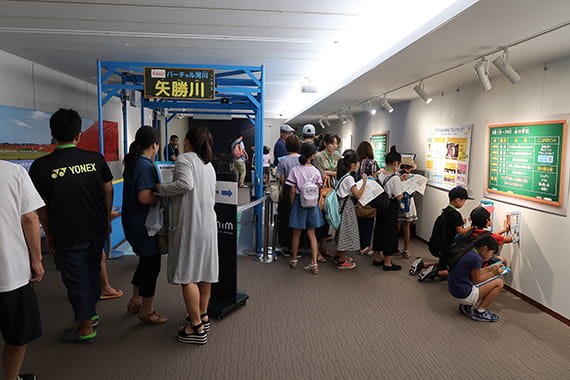 |
| 2000 |
Kinnotsubu™ Niowanatto™ launches. Niowanatto™ uses a specially selected beneficial bacteria which reduces the unique scent of natto. 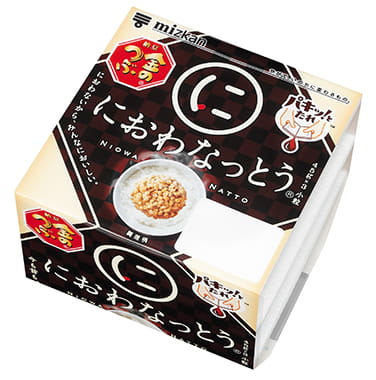 |
| 2000 |
Kinnotsubu™ Honegenki™ launches. Kinnotsubu™ Honegenki™ contains more than 1.5 times the Vitamin K2, which makes bones stronger, found in existing natto. It is the first natto to be certified for a specified health use. 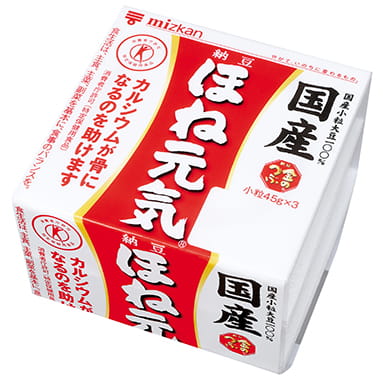 |
| 2000 |
Acquires Spico Co., a vinegar manufacturer in the US. |
| 2001 |
Opens a new plant in Dallas, Texas, US |
| 2002 |
Acquires Manor Vinegar, a vinegar manufacturer in the UK, to use as a base to start a full-scale vinegar business in Europe. |
| 2002 |
Decodes the genome of acetic acid bacteria. 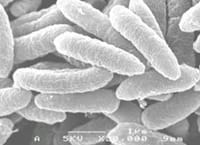 |
From “Mitsukan” to “mizkan” (2003~)
- Links are only available in Japanese
| 2003 |
Jun Genmai Kurozu launches as a new vinegar. Made exclusively from Japanese brown rice, this mellow black vinegar is suitable for drinking. 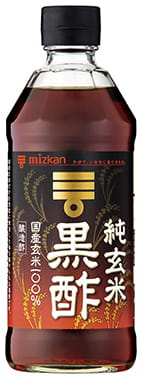 |
|---|---|
| 2003 |
Kazuhide succeeds to the name Matazaemon Kazuhide VIII. 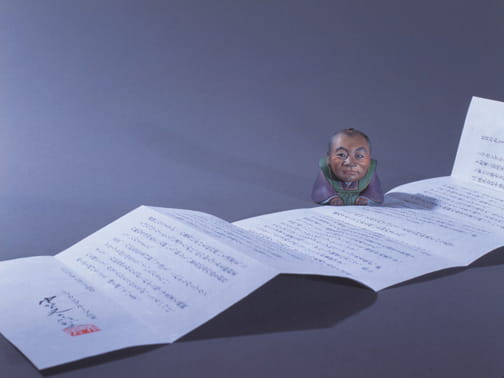 |
| 2004 |
New Mizkan Group Vision and Corporate Symbol are established. The new Mizkan Group Vision (Bringing Flavor to Life™) is unveiled in tandem with a new corporate symbol (the Mizkan mark of three horizontal lines above a circle, followed by “mizkan”). The new symbol represents Mizkan’s resolve to continuously innovate and challenge itself while embracing its heritage. 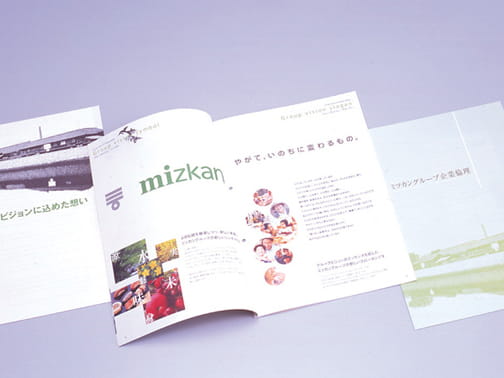 |
| 2004 |
Establishes Mizkan Asia Pacific Pte. Ltd. |
| 2005 |
Mainzu™ launches. Mainzu™, a black-vinegar drink effective for people with high blood pressure, was the first food in which acetic acid (a principal component of vinegar) was certified for a specified health use. 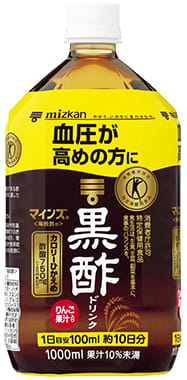 |
| 2005 |
A base is established in Singapore for the Asia Pacific area. |
| 2005 |
Acquires Holland House™, a branded cooking wine for household use in US. 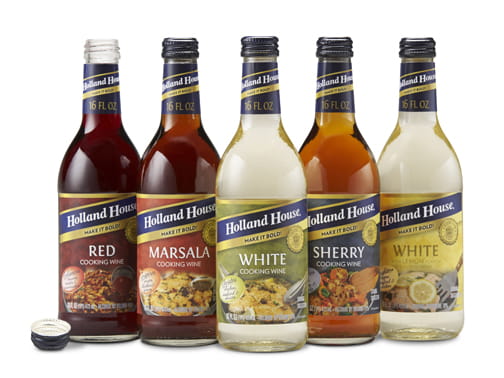 |
| 2005 |
Mizkan China Co., Ltd. is established as a 100%-owned subsidiary sales company in Beijing, China. |
| 2006 |
Mizkan Asia Pacific Pte. Ltd. Hong Kong Branch and Taiwan Branch begins operations. |
| 2007 |
Central Research Institute receives its second JSBBA Award for Achievement in Technological Research. This award recognizes Mizkan’s development of a highly palatable and nutritionally beneficial black vinegar made possible through proprietary research demonstrating the functional health benefits of vinegar.  |
| 2007 |
Miki Plant and biotope are completed. 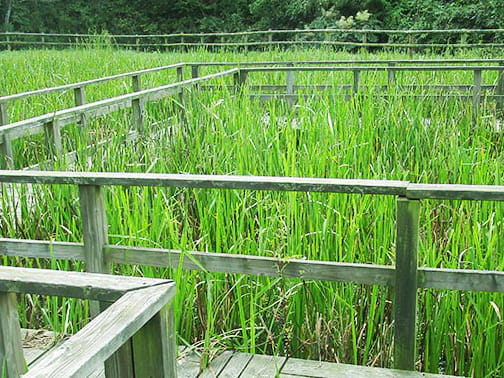 |
| 2007 |
Acquires Creole Co., a vinegar manufacturer in the US. |
| 2008 |
Kinnotsubu™ Arabenri™ launches. A convenient natto package without a plastic film or sauce packet, developed thanks to a customer’s comment. 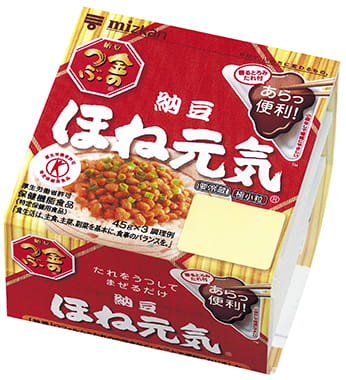 |
| 2008 |
Acquires the vinegar and cooking wine gourmet specialty division of Imperial Brand in the US. |
| 2009 |
Acquires the Kumenatto™ brand in Japan. Kumenatto™, a popular natto brand in Kanto area, was acquired, strengthening Mizkan’s natto portfolio and sales. 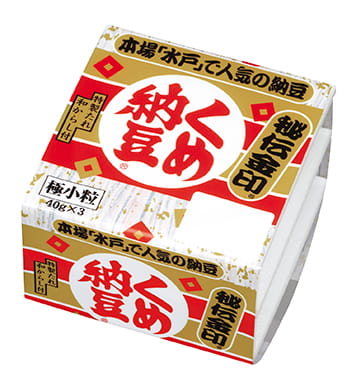 |
| 2010 |
Acquires the World Harbors™ brand from World Harbors™ in the US. Enters the marinade and barbeque sauce markets. |
| 2011 |
Shifts from “company system” to “functional organization.” Shifted from a company system of separate subsidiaries into a functional organization, recognizing all entities in Japan as one company. |
| 2011 |
Acquires Nattoichi™ brand in Japan. Acquired the natto business from Asahimatsu Foods, including the Nattoichi™ brand, popular in western Japan, strengthening sales. 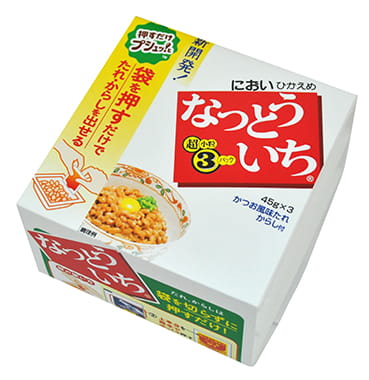 |
| 2011 |
Acquires Border Foods to enter the growing pepper market in the US. Begins the manufacture and sales of processed foods made from green chilies, jalapenos, etc. |
| 2012 |
Kinnotsubu™ Pakittotare™ launches. This new natto product features an innovative lid that releases the sauce (tare) when snapped open (paki). The lid adds an element of fun as well as convenience for consumers. 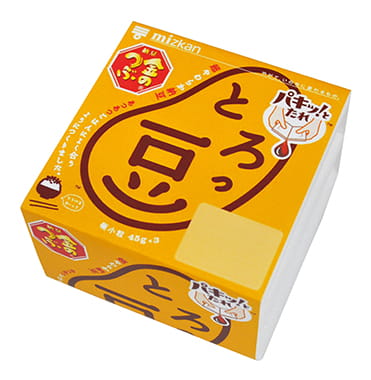 |
| 2012 |
Adds a second plant to the Tatebayashi Plant premises. Tatebayashi becomes Mizkan’s largest natto manufacturing base in Japan. 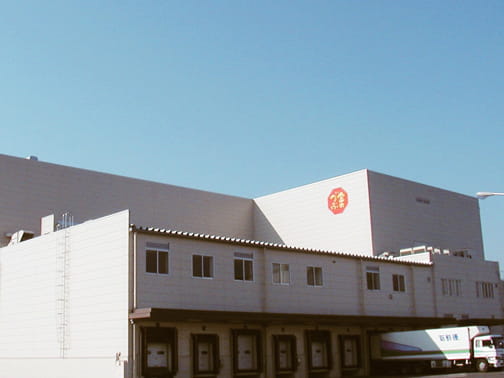 |
| 2012 |
Acquires Sarson’s™ malt vinegar and Haywards™ pickled vegetables, both category leaders in the UK. 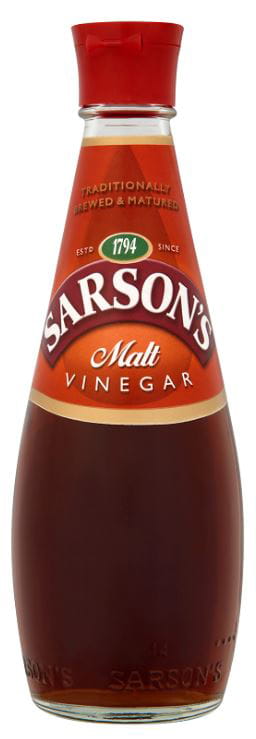 |
| 2013 |
Acquires Branston™, sweet pickle in the UK. With this, three brands which have long been popular in the UK have joined the Mizkan Group. 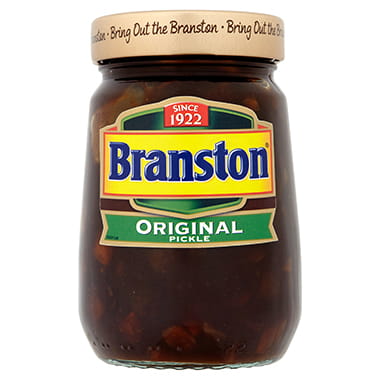 |
| 2013 |
Wins the JSBBA Award for Achievement in Technological Research for natto research. The Central Research Institute is recognized again, this time for work in product differentiation and quality improvement through the research of beneficial natto bacteria. This is the first time the award was given for natto research.  |
| 2014 |
Matazaemon Kazuhide VIII changes his name to Kazuhide Nakano. |
| 2014 |
Corporate reorganization and name change. To reinforce Mizkan’s future global growth, the company is reorganized into three geographic areas: Japan + Asia, North America, and Europe. Company names are also changed to English. |
| 2014 |
Acquires two US top-selling pasta sauce brands: RAGU™ and Bertolli™. Mizkan expands the US business with the acquisition of popular pasta sauce brand RAGU™ and the leading premium pasta sauce brand, Bertolli™. 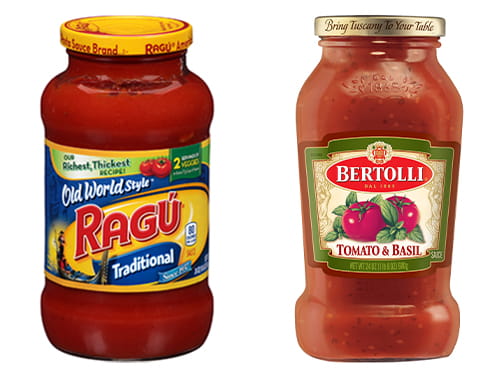 |
| 2014 |
Completes the Minokamo Plant. 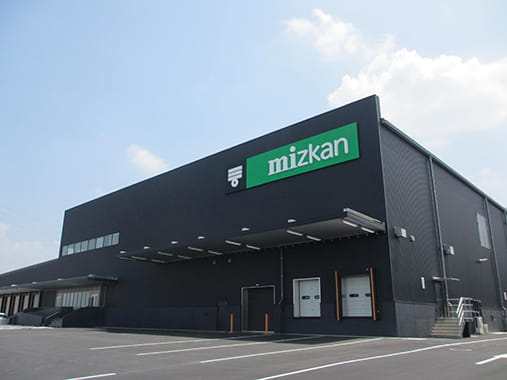 |
| 2015 |
Opens the MIZKAN MUSEUM™ (MIM™). MIM™ opens its doors in November 2015. MIM™ is an interactive museum where visitors learn about the art and history of vinegar brewing and Japanese food culture in a fun and engaging way. 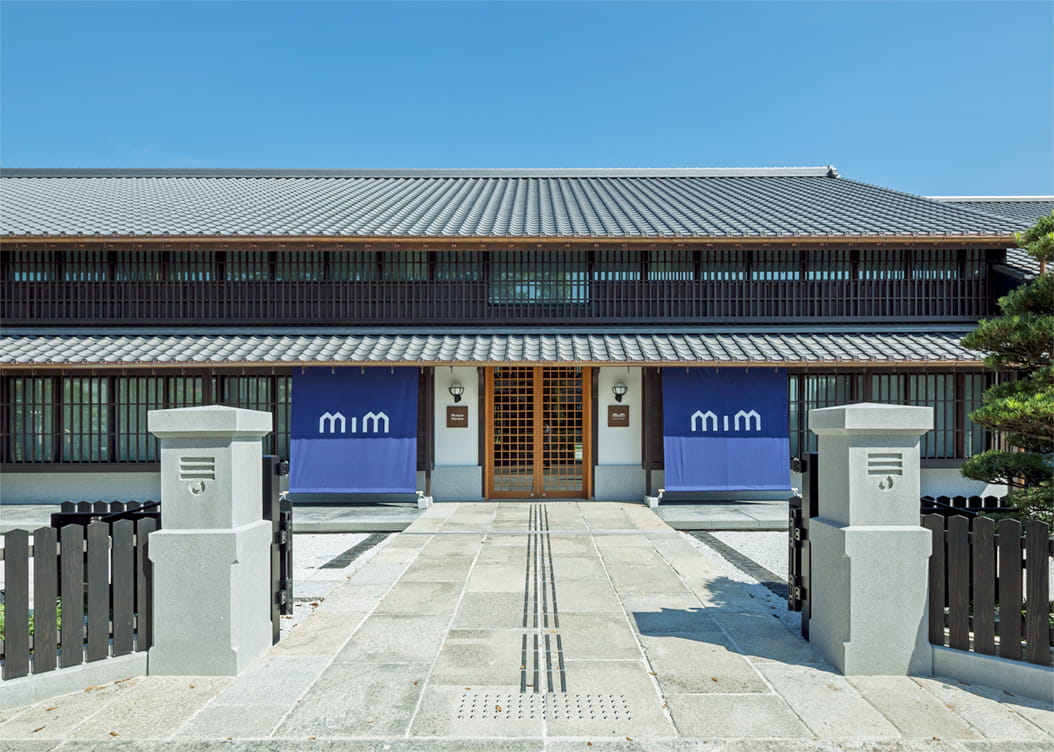 |
| 2016 |
Senya™, a vinegar made from pure sake lees, is made available exclusively at the MIZKAN MUSEUM™. 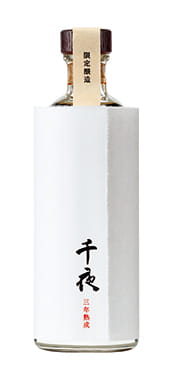 |
| 2018 |
The MIZKAN MUSEUM™ reopens after renovations. 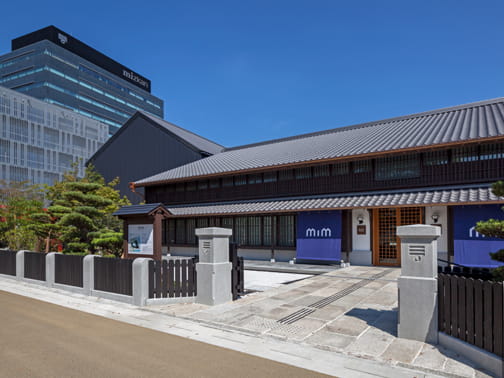 |
| 2018 |
Publishes the Mizkan Vision Statement.  |
| 2018 |
Begins ZENB™ Initiative. 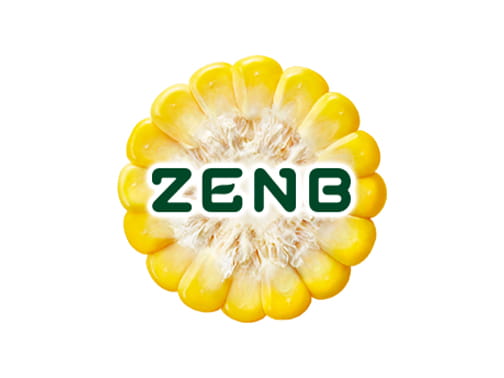 |
| 2019 |
ZENB™ Brand launches. The ZENB™ brand launches as a result of the ZENB™ Initiative. 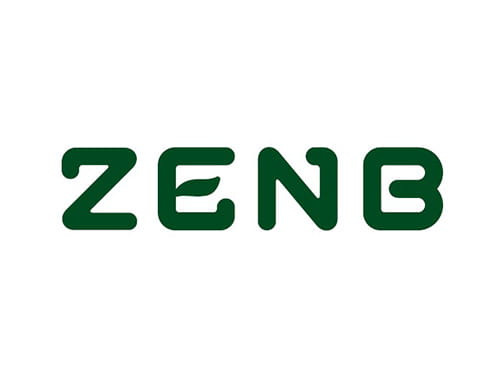 |
